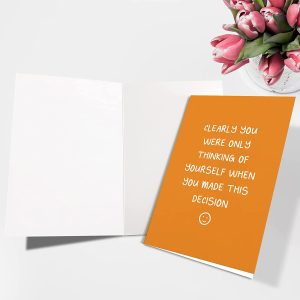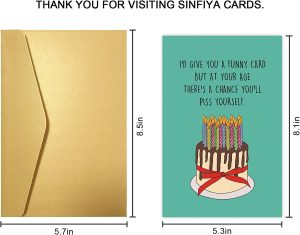Creating an impressive business card design can help you stand out and make a memorable impression. Here are some tips to consider when designing your business card:
- Keep it Simple: While creativity is important, don’t overwhelm the card with too much information or design elements. A clean and uncluttered design is often more effective.
- Choose High-Quality Materials: Opt for high-quality paper or cardstock that feels substantial and professional. Consider unique materials like textured or metallic finishes to add a tactile element to your card.
- Reflect Your Brand: Your business card should be an extension of your brand identity. Use colors, fonts, and imagery that align with your company’s visual branding.
- Readable Fonts: Choose fonts that are easy to read. Avoid overly decorative fonts that might be difficult to decipher, especially in small print.
- Hierarchy of Information: Arrange the information on your card in a clear hierarchy. Your name and title should be prominent, followed by contact details and other relevant information.
- Whitespace: Don’t be afraid of using whitespace. It helps separate different elements and makes the card look more organized.
- Logo Placement: If you have a logo, it’s usually best to place it on one side of the card. Make sure it’s not too large and doesn’t overshadow other crucial information.
- Unique Shape or Cut: Consider using non-standard shapes or die-cut designs to make your card stand out. Just be mindful that the card should still fit easily into standard cardholders.
- QR Codes: Incorporate a QR code that leads to your website, portfolio, or LinkedIn profile. This adds a digital dimension to your card.
- Use of Color: Use color intentionally. It should complement your brand and create a visually appealing design. Avoid using too many colors, as it can make the card look busy.
- Minimalistic Illustrations: Incorporate simple and relevant illustrations that enhance your brand message without overwhelming the design.
- Photography: If you use a photo of yourself or your products, make sure it’s high-quality and professional.
- Social Media Links: Include social media icons and handles only if they are relevant to your professional identity.
- Consistency: Ensure your business card design is consistent with your other marketing materials, such as your website and brochures.
- Print Quality: Work with a professional printing service to ensure your design translates well onto the physical card. Printing quality can greatly impact the final look of your business card.
- Test Different Versions: Before printing a large batch, consider printing a small number of different designs to see which one works best in reality.
- Double-Sided Design: Use both sides of the card effectively. The back can contain additional information, a tagline, or a brief list of your services.
- Uniqueness: Think outside the box to create a business card that’s truly unique and memorable, while still staying within the realm of professionalism.
Remember, the goal of your business card is to make a positive and lasting impression that accurately represents your brand. Tailor your design choices to your specific industry, target audience, and personal style while keeping in mind the practicality and readability of the card.


























